Take your self-publishing enterprise to the next level with the powerful advantages of a custom print run
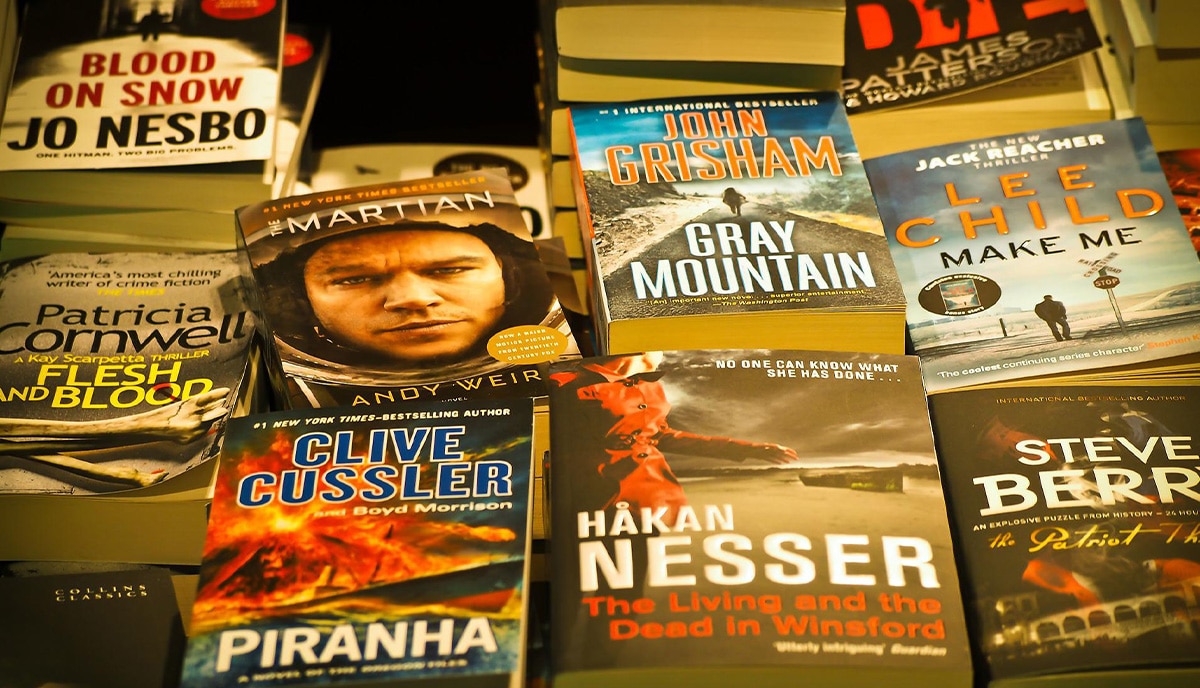
Image by Michael Gaida from Pixabay.com
You probably started your self-publishing journey with one of the easy but expensive print-on-demand (POD) services. Most people do. But now that you’ve published several titles, built a fan-base of eager readers and a responsive email list, it’s probably time to up your game. It no longer makes financial sense to pay the high cost-per-unit prices you’ve been paying for an inferior product once you know that you can sell at least 500 to 1,000 copies at launch through your list alone. So, let’s look at how we can help you create a better paperback book product for your readers, while reducing your printing costs and increasing your profit margin.
Paperback, softback, and perfect binding
The first step is to get our definitions straight and clear up any potential misunderstandings about paperback books, softback books, and what’s known as “perfect binding”. As a self-publisher used to using a POD service, you may also have come across the term “trade paperback”. So, here goes:
- Paperback and softback are two words for the exact same thing. There’s no difference at all except the name. You can use them interchangeably.
- A trade paperback is a paperback (or softback, whichever you prefer) which conforms to certain specifications. For example, it’s typically a standard 5.5″ by 8.5″ printed on uncoated offset paper, and has a gloss or matte finished, full color printed card stock cover.
- Perfect binding is a way of putting a paperback book’s pages together and fixing them between flexible card stock covers with a spine. It doesn’t mean that other forms of binding are imperfect! “Perfect binding” only refers to the way that the covers are applied and trimmed so that the edges are flush with the interior pages.
Why print a paperback book?
Paperback — we’ll use this term now, knowing that it will refer to softback and trade paperbacks equally — is the most popular and widespread print format among both independent and mainstream publishers. While you’ll come across occasional variations in size, a paperback is instantly recognizable. Think of the kind of book you pick up at the airport to read while you’re waiting for your flight, or the majority of the books on the shelves of your local Barnes & Noble or independent bookseller: a handy-sized volume with a flexible cover that can easily be carried about and slipped in a handbag, briefcase, or even a pocket.
There are several reasons why you may wish to publish a paperback. We’ll list the most important here. Some of them are from the reader’s perspective, others take the publisher’s needs into account.
- Trade paperbacks are relatively inexpensive to produce
- Paperbacks are lightweight and portable
- Because they’re flexible, they can endure bending, stuffing in backpacks, and generally being read “on the move”
- Because they are low-cost to produce and buy, readers can scribble in the margins, pass them on to friends, and it’s not the end of the world if they leave a coffee cup ring mark on the cover!
- Unlike other binding formats such as saddle-stitch, wire-o, spiral-bound, and hardback, paperbacks allow a wide range of lengths from as few as 28 pages up to several hundred.
- As traditionally most fiction genres are published in paperback — romance, thriller, mystery, science fiction, fantasy, and historical novels, for example, and popular science books, children’s books, and poetry collections, too — they meet public expectations and fit easily on newsstands and bookstore shelves
- Paperbacks are easy to store, mail, and otherwise distribute
- Despite being economical to produce, they can still be beautiful and take pride of place on a reader’s bookshelves at home
Perfect bound paperback book printing: technical details
So, a perfect bound paperback book starts out as printed single pages which are then collated in order and squared up into a ‘block’. The block of pages is then glued — usually using PUR (polyurethane reactive adhesive) which is both very strong and also very flexible — into the cover. The cover is a single sheet of thicker card stock made to measure on the basis of the number of pages and the weight of the paper used for the interior.
It’s printed separately, most often in full color, and may then be finished with a gloss or matte coating, and be embossed or foil-stamped. The coating keeps the colors bright and protects the paper itself from damage and wear. Embossing and foil-stamping are ‘optional extras’ that can add that special touch and make your book stand out from the crowd.
Once the block is glued into the cover, with a straight, flat spine, well-aligned, the final step is to trim the remaining three edges to the chosen book size. This means that — unlike with a hardcover book, for example, where the casing overhangs the interior — the cover and pages are clean and trimmed flush. The result is a beautiful but practical and thoroughly professional printed book.
Design tips to consider when custom printing a paperback
When you start exploring how to print a paperback book with a custom printer, you’ll see that — just as you did with your old POD service — you’ll need either to engage a designer to do the layout and formatting of the interior pages and the cover, or do it yourself if you have the knowledge, skills, and software. Either way, here are a few important tips to remember when preparing your layout and formatting:
- Make sure to leave a sufficient extra margin on the binding side of each page to allow for the tight area where the edges are glued together. As you can’t open a paperback flat without breaking the spine, you need to account for this unreadable space — typically about half an inch — within your page layout.
- If your book is illustrated or contain diagrams and photographs, be careful to avoid “crossover spreads”. This is where an image spans more than one page. This can work fine in other formats such as coffee table books and saddle-stitched booklets, but will look ugly and awkward in a paperback. You can have illustrations, graphics, and photographs, of course, but keep them to a single-page fit.
- Spine design is one of the great advantages of a paperback, especially if it’s a genre fiction with at least 250 to 300 pages or more. The length of the spine is another printable area where you can add the title and name of the author, a logo, and more. A popular and effective creative option is to have the front illustration run over the spine and into the back cover, too. This can lead to a more integrated look and also draw the potential reader browsing the bookstore from the front cover to the blurb on the back. You can’t design the spine until you have an exact final page count, however, as it’s that figure combined with the weight (i.e. thickness) of the interior paper stock which determine the width of the spine.
- You can format a paperback in several different sizes but the standard “trade paperback” size suitable for most novels and other popular genres is five-and-a-half inches by eight-and-a-half inches.
How to print a custom paperback with us
At QinPrinting we’re dedicated to making the process of designing and printing your paperback as simple, smooth, and efficient as possible. The first thing to do is get in touch. We’re a expert team of highly-experienced professionals with a strong commitment to treat each and every customer as a unique individual. Contact us for an informal chat or to request a no-obligation quote as soon as you’re ready.
Unlike many online and print-on-demand services, we have our own in-house designers who will manually check all your files to make sure that they’re print-ready.
We have established a worldwide reputation for the quality of both our printed products — in this case, your paperback books — and our attentive, personal customer service. And unlike the many automated and POD services, we are a team of real people to whom you can talk to discuss your individual needs. Then we have a full range of paper stocks, binding options, coating and finishing processes, along with embossing, debossing, foil stamping and so much more to make your book a truly standout publication.
We’d love to discuss your paperback printing project and we’ll guide you through every step of how to print a paperback book with a custom printer. We specialize in helping independent creatives and self-publishers just you make their book dreams come true. Talk is free, so get in touch today.



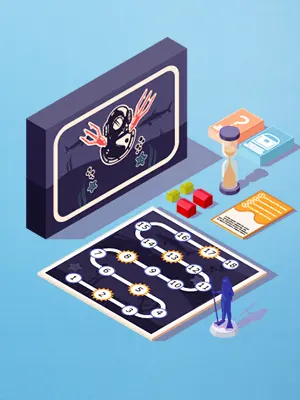


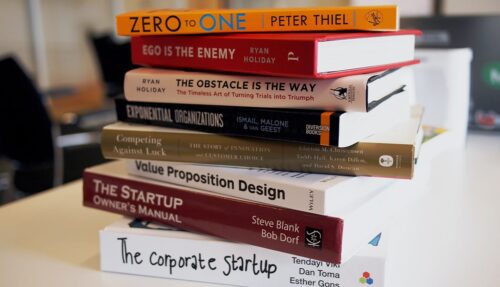

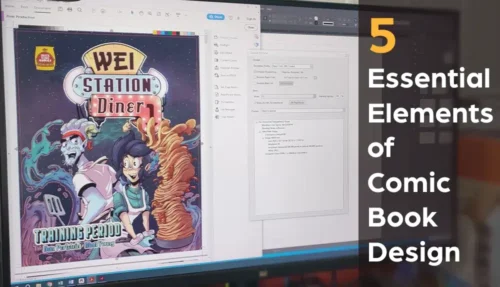
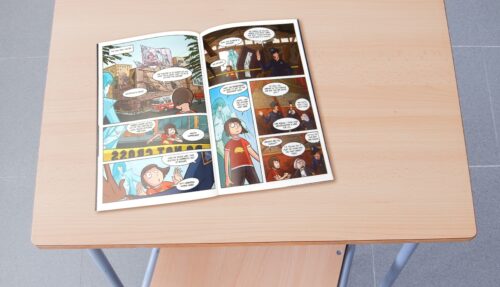
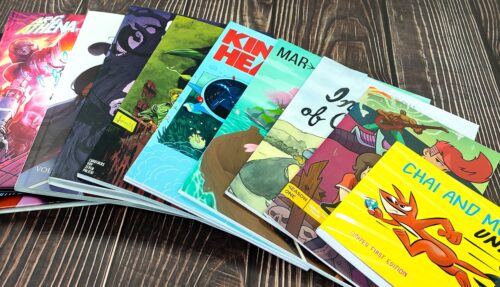
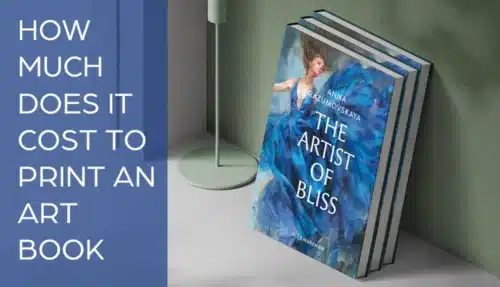
5 thoughts on “How to Print a Paperback Book with a Custom Printer: A Self-Publisher's Guide”
Can you tell us more about this? I'd want to find out some additional information.|
Hi Theo,
Anything you want to know about self-publishing, please check: Self Publishing
About paperback printing and instant quote, please check: Paperback Book Printing
Nice post. I learn something new and challenging on websites I stumbleupon on a daily basis.
It's always interesting to read through articles from other writers and use a little something from other websites.
Hi Natalie,
Thank you!
This is a appropriate blog for everyone who would like to find out about this topic. You recognize a great deal of its nearly tricky to argue with you (not that I just would want…HaHa). You definitely put a brand new spin over a topic thats been written about for many years. Fantastic stuff, just excellent!